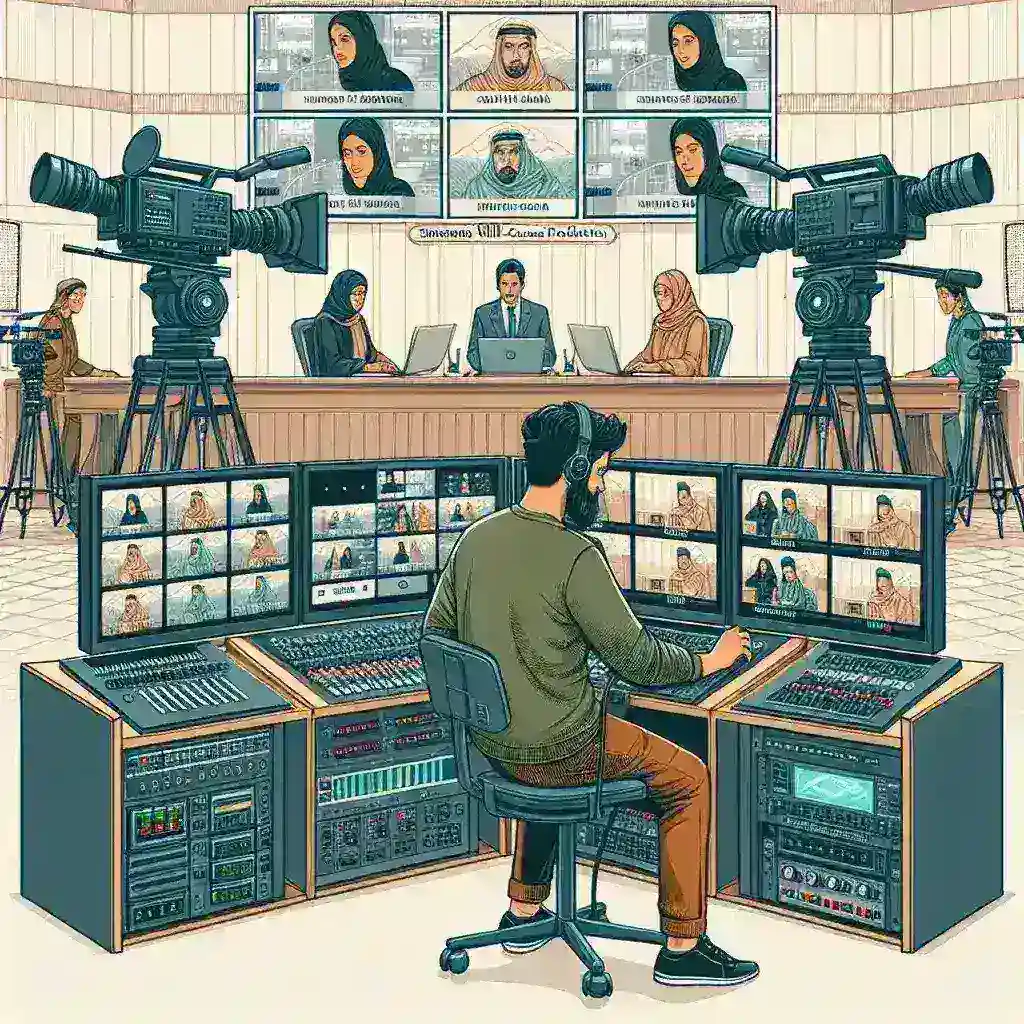Introduction
In the rapidly evolving landscape of technology, holographic display technology stands at the forefront, promising to redefine how we interact with digital content. As the demand for immersive experiences grows, the limitations of physical screens become increasingly apparent. This article delves into how holographic display technology is eliminating the need for traditional screens, exploring its history, benefits, challenges, and future potential.
A Brief History of Holographic Technology
The roots of holography date back to the early 20th century. Invented by Dennis Gabor in 1947, holography was initially a theoretical concept until advancements in laser technology in the 1960s made it feasible. Since then, researchers and engineers have continuously worked to refine holographic techniques, leading to the development of display systems that can project three-dimensional images into space.
The Evolution of Holographic Displays
- Early Experiments: The first holographic displays were primitive and required special viewing conditions.
- Advancements in Laser Technology: With the advent of lasers, more complex and realistic holograms became possible.
- Digital Holography: The transition to digital methods allowed for real-time holographic displays.
How Holographic Displays Work
Holographic displays utilize interference patterns created by laser beams. These patterns encode light information that can be reconstructed to form a three-dimensional image. The process involves:
- Recording: Capturing the light waves reflecting off an object.
- Reconstruction: Using a coherent light source to illuminate the hologram, creating a 3D image.
Benefits of Holographic Display Technology
The advantages of eliminating physical screens through holographic displays are numerous:
- Immersive Experience: Holographic displays provide a more engaging user experience by allowing viewers to interact with 3D content directly.
- Space-Saving: Without the need for bulky screens, holographic technology can save physical space.
- Enhanced Collaboration: Holograms can facilitate remote collaboration by creating a shared visual environment.
Applications of Holographic Displays
The potential applications for holographic display technology span various industries:
- Healthcare: Surgeons can visualize complex anatomical structures during operations, improving precision.
- Education: Holography can bring subjects like science and history to life, enhancing learning engagement.
- Entertainment: Movies and games can provide truly immersive experiences, drawing users into fantastical worlds.
Case Studies
Several companies are pioneering the integration of holographic displays into their products:
- Magic Leap: This company has developed a mixed-reality headset that projects holograms into the real world, merging digital content with the user’s environment.
- Microsoft HoloLens: A sophisticated augmented reality headset that allows holographic interactions for various fields, including architecture and design.
Challenges Facing Holographic Display Technology
Despite its promise, holographic technology faces several challenges:
- Cost: Producing holographic displays is currently expensive, limiting widespread adoption.
- Complexity: The technology requires precise alignment and calibration, making it difficult to implement in everyday devices.
- Content Creation: Developing content that takes full advantage of holographic displays is still in its infancy.
The Future of Holographic Displays
The future of holographic display technology appears bright. As advancements in materials science and computing power occur, we can expect:
- Greater Accessibility: As production costs decrease, holographic displays may become commonplace in homes and businesses.
- Integration with AI: Combining holography with artificial intelligence can lead to dynamic, interactive environments.
- New Use Cases: Industries like retail may utilize holographic displays for virtual try-ons, enhancing the shopping experience.
Conclusion
Holographic display technology is not just a futuristic dream; it is a reality that is rapidly evolving. By eliminating the need for physical screens, this technology promises to revolutionize how we perceive and interact with digital content. As we continue to innovate and overcome the challenges associated with holography, we may soon see a world where screens are a relic of the past, replaced by immersive, holographic experiences that enrich our lives.
Final Thoughts
The shift towards holographic displays symbolizes a broader trend in technology: the quest for more natural and immersive interaction methods. As research and development progress, the dream of a world without screens may become a reality sooner than we think.




